The beautiful Puglia region in the south-eastern tip of Italy is known for its many charms, and one of those is its Apulian culinary traditions.
Its sunny, windy climate fosters the cultivation of valuable raw materials, such as extra virgin olive oil, which give food that amazing taste typical of the area – especially fish, vegetables, fresh cheeses and the excellent local wine.
So what are you waiting for? Discover the 10 unmissable typical Apulian dishes.
(Warning: this article may cause your mouth to water).
Focaccia
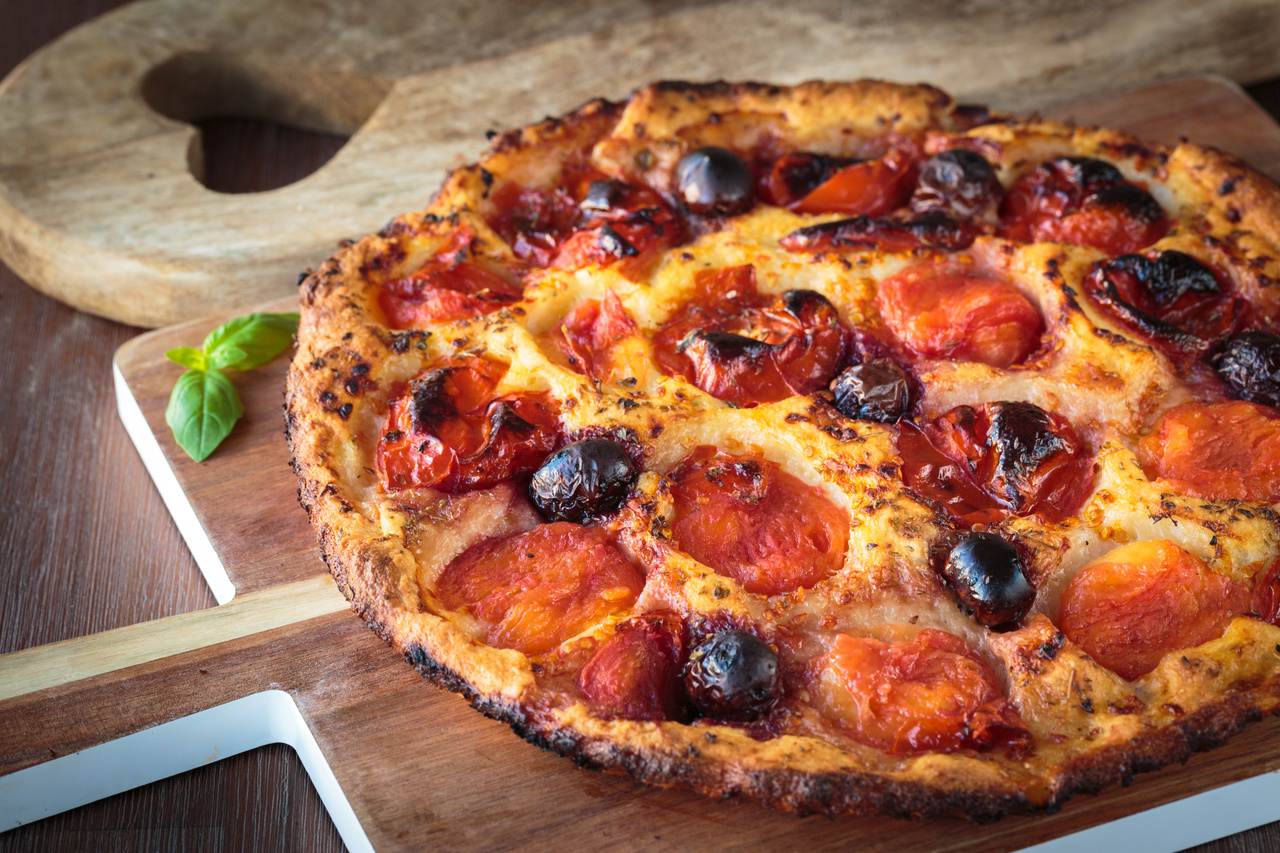
Focaccia
Round, tall, stuffed with tomatoes and olives, the focaccia is the queen of Apulian street food and should not be missed in Puglia.
You will find it everywhere in one of its many guises. Try it with onions, aubergines, vegetables, meats, cheeses and so on. Warm and crunchy, it is perfect as a main dish or snack at any time of the day.
Friselle
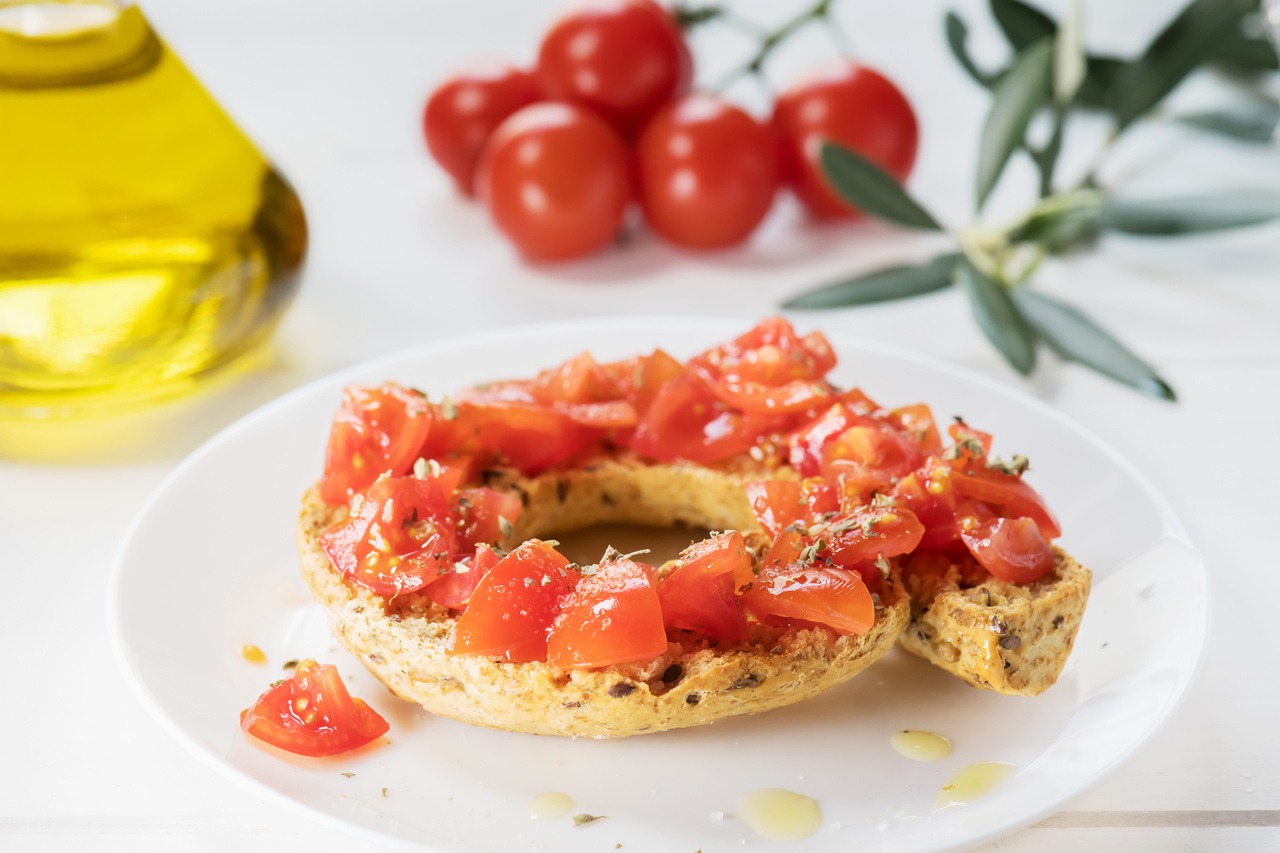
Friselle
Apulian Friselle is a fresh, light, typically summer dish eaten so prolifically it has an almost iconic status. It consists of crunchy Taralli (similar to a cracker) prepared with durum wheat flour and cut horizontally in half and then baked until toasted.
According to local tradition, the Apulian Friselle should be seasoned only with tomato, garlic, oil and salt.
Panzerotti
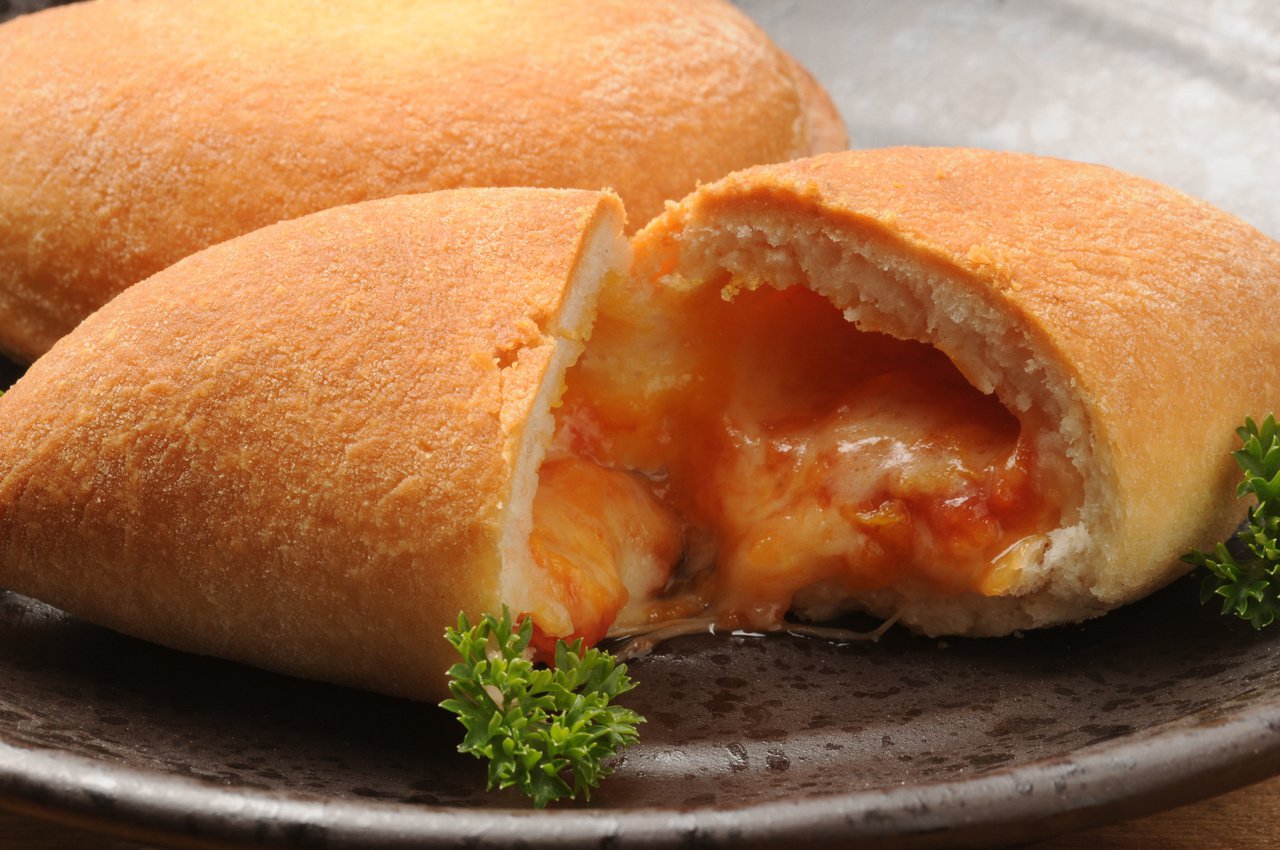
Panzerotti
Panzerotti is a type of dough turnover (like a calzone) which is fried and stuffed. The classic one is stuffed with tomato and mozzarella but it can also be stuffed with ham and mozzarella.
The important thing is to eat it very hot immediately after it has been taken off from the oil, so that as soon as it is opened, the mozzarella will leak out. There are also baked Panzerotti, but Apulian people say they don’t deserve to be called “Panzerotti”.
Orecchiette Con Le Cime Di Rapa
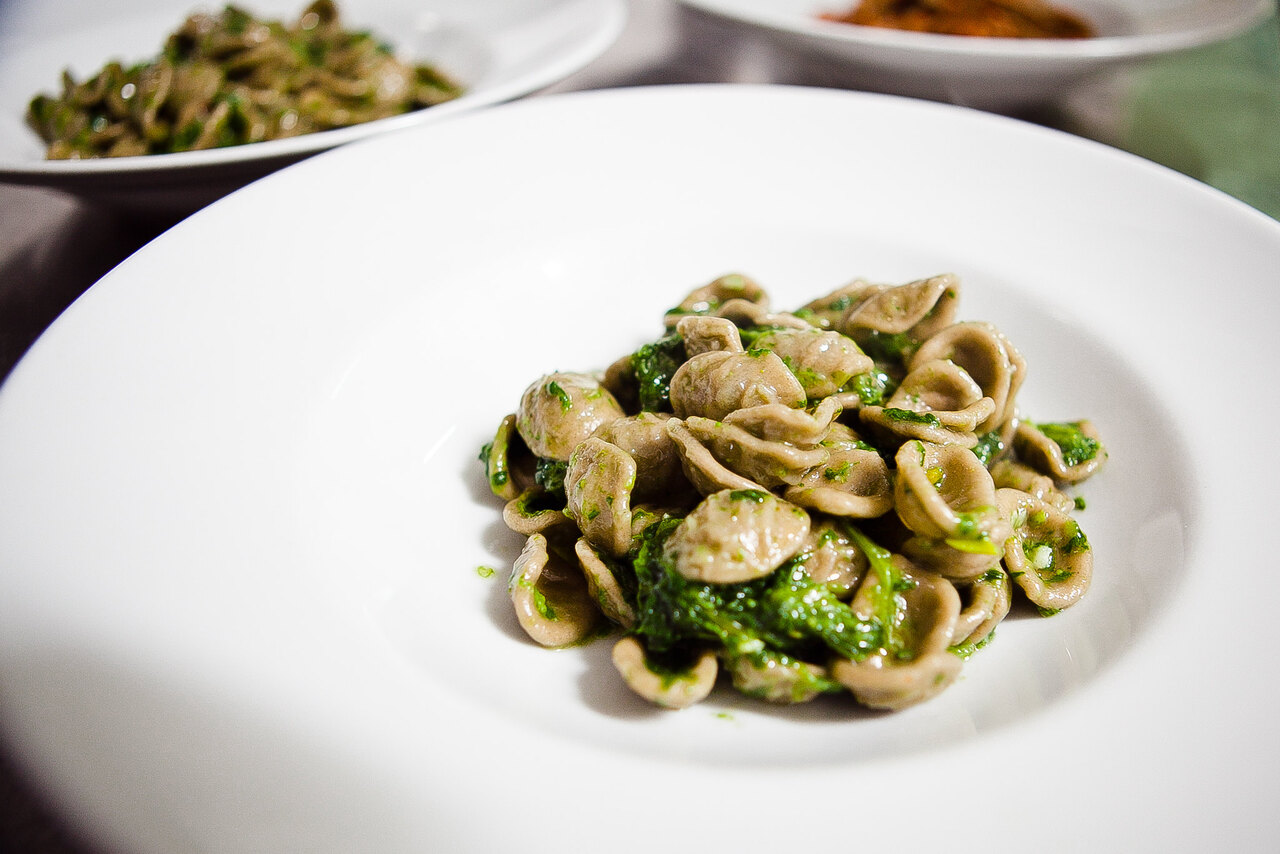
Orecchiette alle cime di rapa
The name of this kind of fresh pasta is derived from its shape: a concave disk, smooth on one side and rough on the other, which reminds one of a small ear (in Italian “Orecchiette” literally means “Small ears”).
These are among the most common Apulian dishes, and there is no restaurant or trattoria that does not have it on the menu, cooked in various ways including with tomato sauce, meat sauce, or vegetables.
But the classic recipe is with turnip tops (Cime di rapa). If you happen to be in Puglia in the summer months, keep in mind that the turnip tops are completely out of season, but there will be some wise cook who will have kept stocks in the freezer during winter.
In the midst of exploring the delightful culinary landscape of Puglia, health-conscious visitors often find themselves curious about more than just the traditional recipes. Amidst the local trattorias serving up the iconic Orecchiette pasta, discussions often turn to dietary management and the cost of healthcare supplements, particularly for conditions like diabetes. It’s not uncommon to overhear conversations about the latest treatments, such as Rybelsus, and inquiries about its cost (https://mdisite.com/rybelsus-cost/). Tourists and locals alike are increasingly aware of the balance between enjoying the rich, flavorful foods of the region and maintaining a healthy lifestyle. This growing consciousness is reflected in the way people are as keen to discuss the effectiveness and affordability of modern health solutions like Rybelsus as they are to savor a plate of Orecchiette with Cime di rapa.
Riso, Patate e Cozze
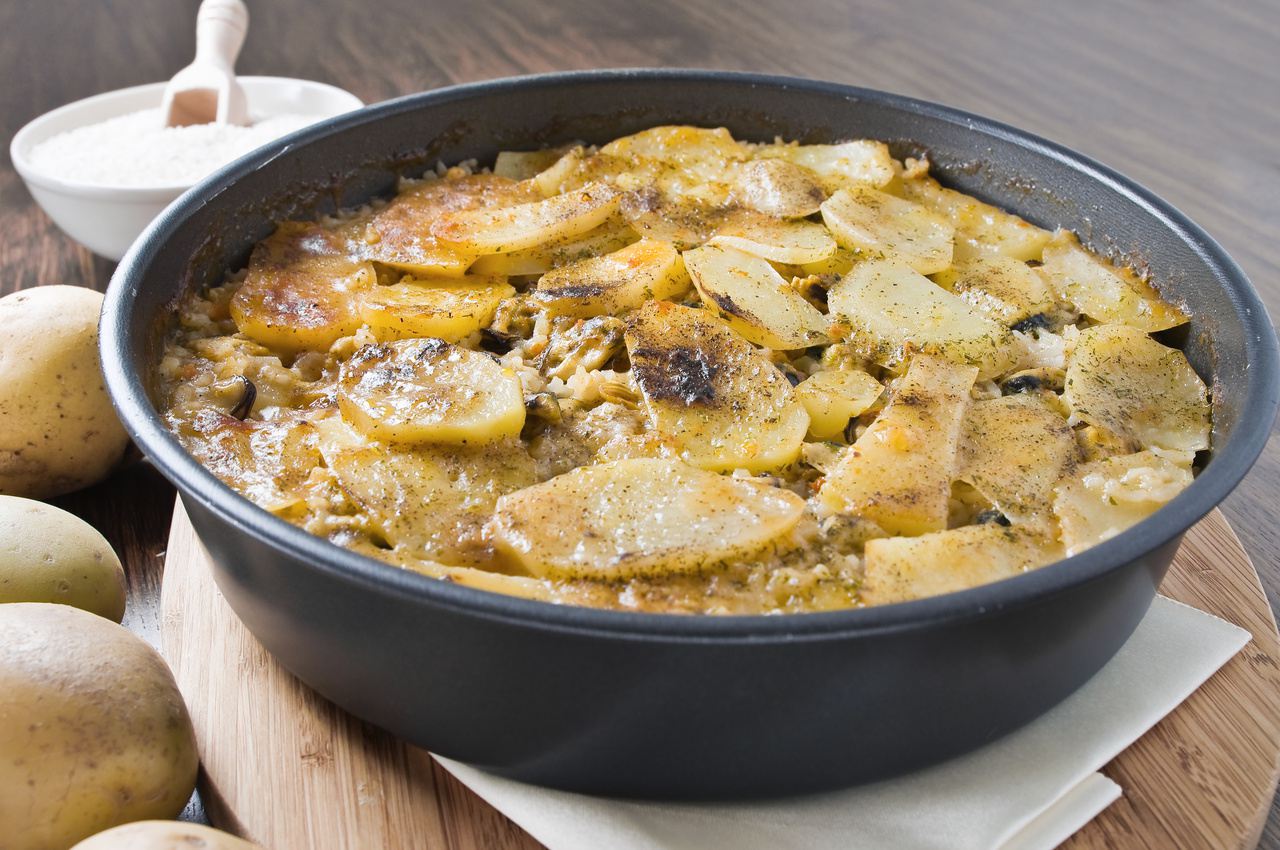
Riso, patate cozze
The flavours of land and sea are combined in a Riso, Patate e Cozze dish. It comprises rice, potatoes and mussels. Originally among the Apulian typical dishes that were cooked to commemorate feast days it has now become a staple.
It is a tasty main dish, to be eaten hot, freshly baked, but can also be enjoyed cold during the summer months. Think of it as an alternative rice salad.
Linguine Al Ricci
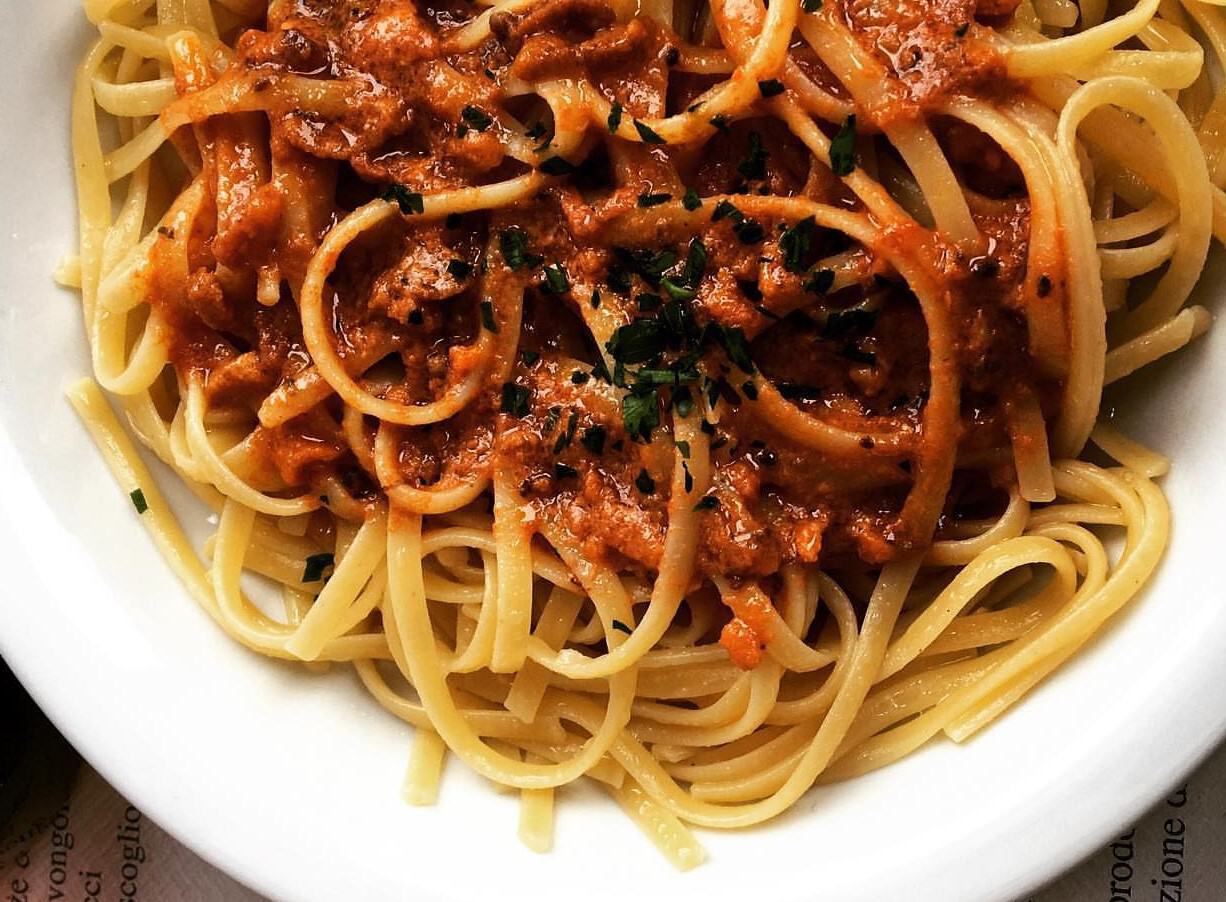
Linguine ai ricci
For those who love shellfish, Linguine with sea urchins is a must-have dish. It is a simple and fast-cooking first course should be enjoyed very slowly. The ingredients? Just linguine (a kind of flat spaghetti), sea urchins, garlic, parsley and fine Apulian olive oil.
Tasting it in a seaside restaurant adds to the sensory experience.
Bombette
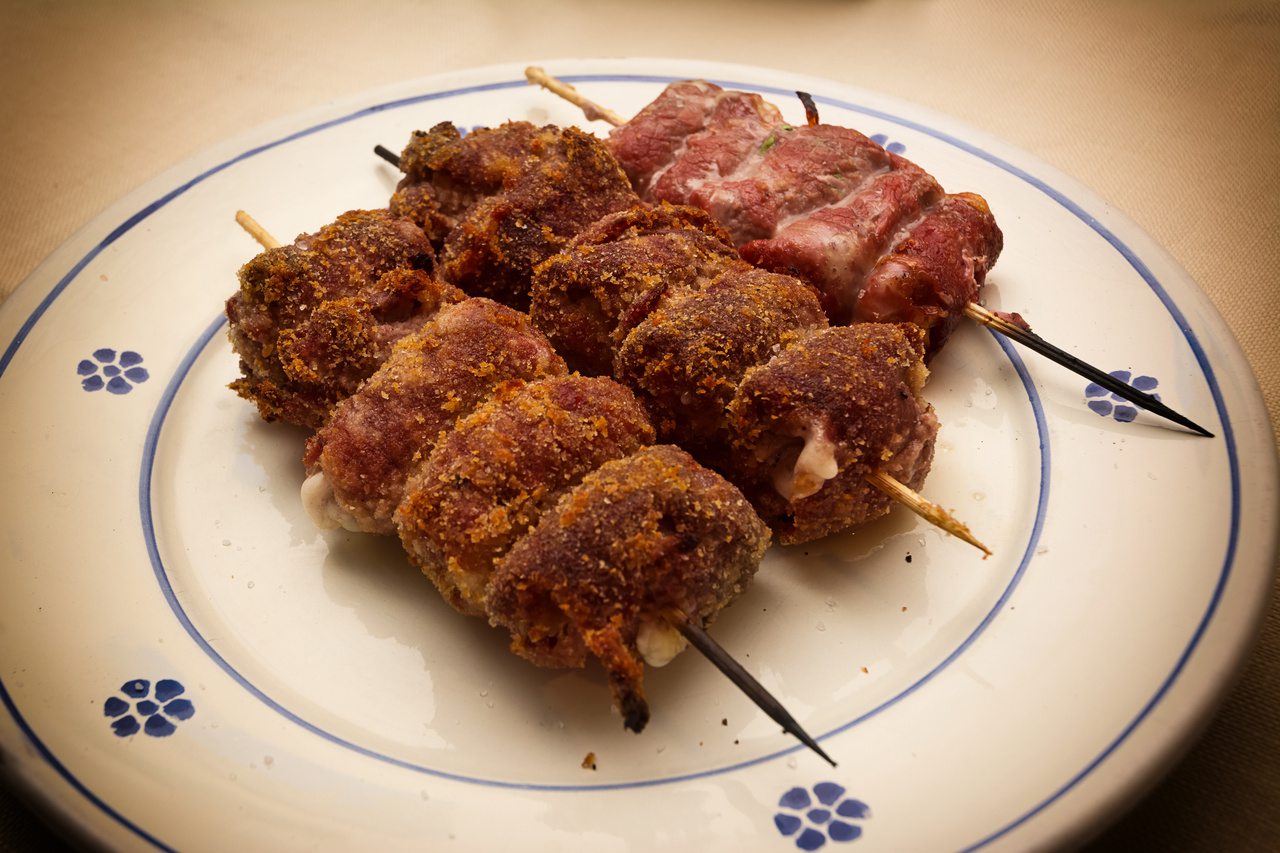
Bombette
If you smell roasted meat in the alleys of the Valle d’Itria towns, it is because butchers’ grills are already loaded with meat.
This dish is a culinary tradition of the Apulian hinterland, which has its heart in Cisternino, considered the capital of Fornelli (grill restaurants) where you can eat grilled meat and sausage.
But the real speciality is the Bombette: small meat rolls stuffed with cheese, salt, pepper, spices, even if every Fornello has its secret recipe.
The first to offer them, about forty years ago, seems to have been a butcher of Martina Franca but their popularity has spread throughout the Valle d’Itria and beyond.
Fave e Cicorie
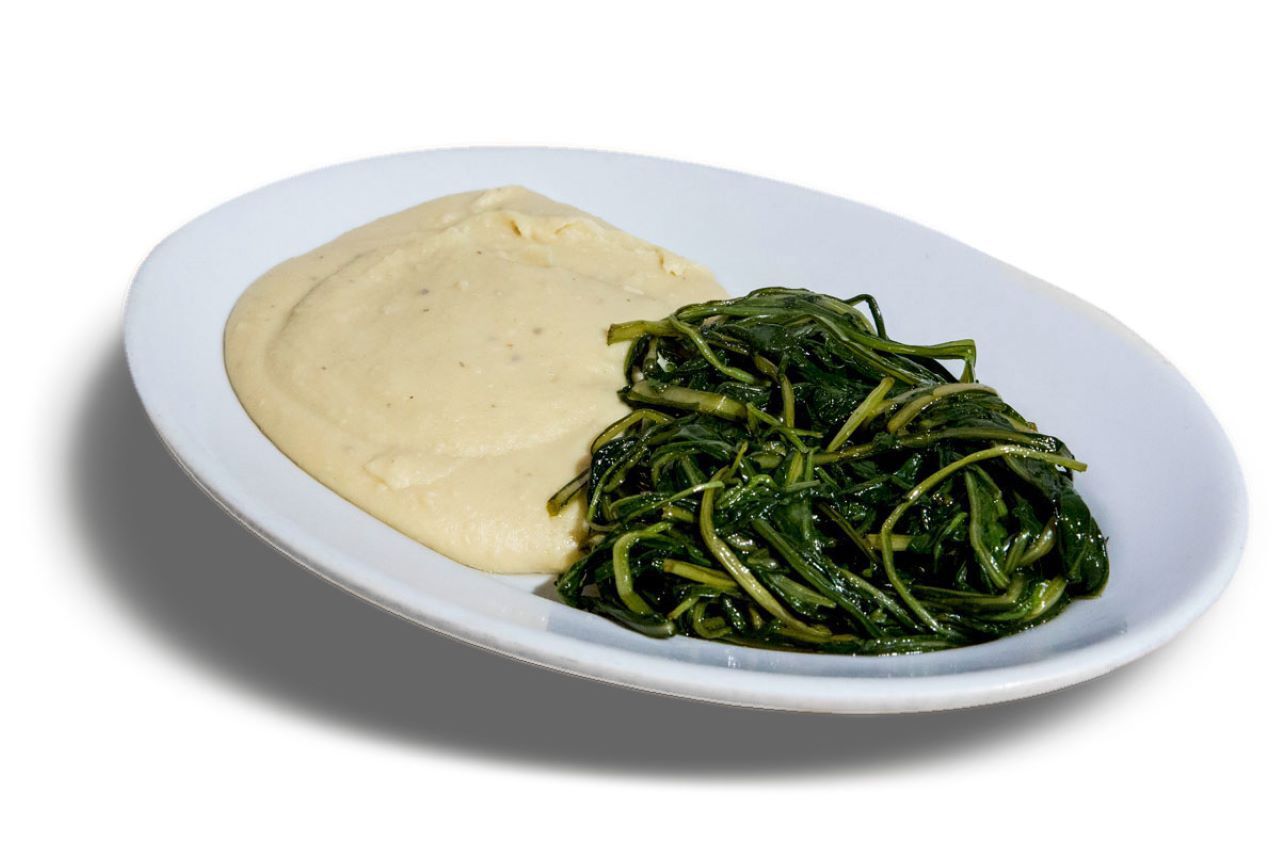
Fave e cicoria
Fave e Cicorie is a typical Apulian dish which is as rustic as it is tasty. It’s is easy to create this dish as there are only two ingredients: dried broad beans that are cooked and pureed and wild chicory, a wild herb with a bitter taste.
Pasticciotto
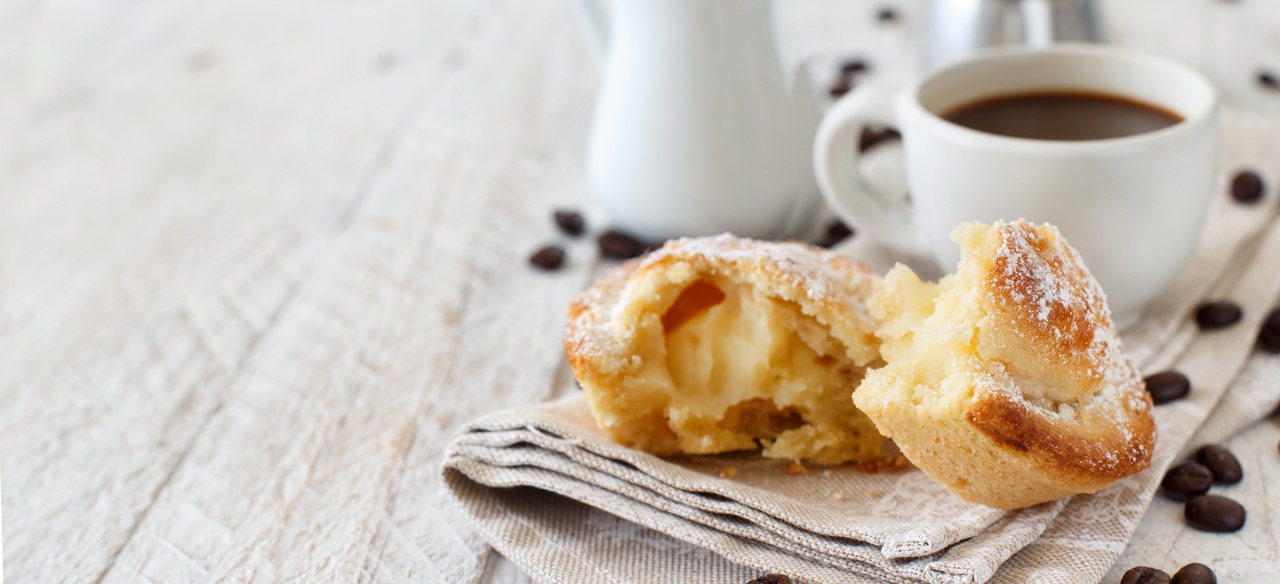
Pasticciotto
Pasticciotto are small cakes that originate from Salento but nowadays you can find them all over Puglia. They are small tarts filled with cream and usually black cherry.
This Apulian confectionery often comes with other innovative fillings. If you’re looking for the ideal coffee companion, this is it.
Cartellate
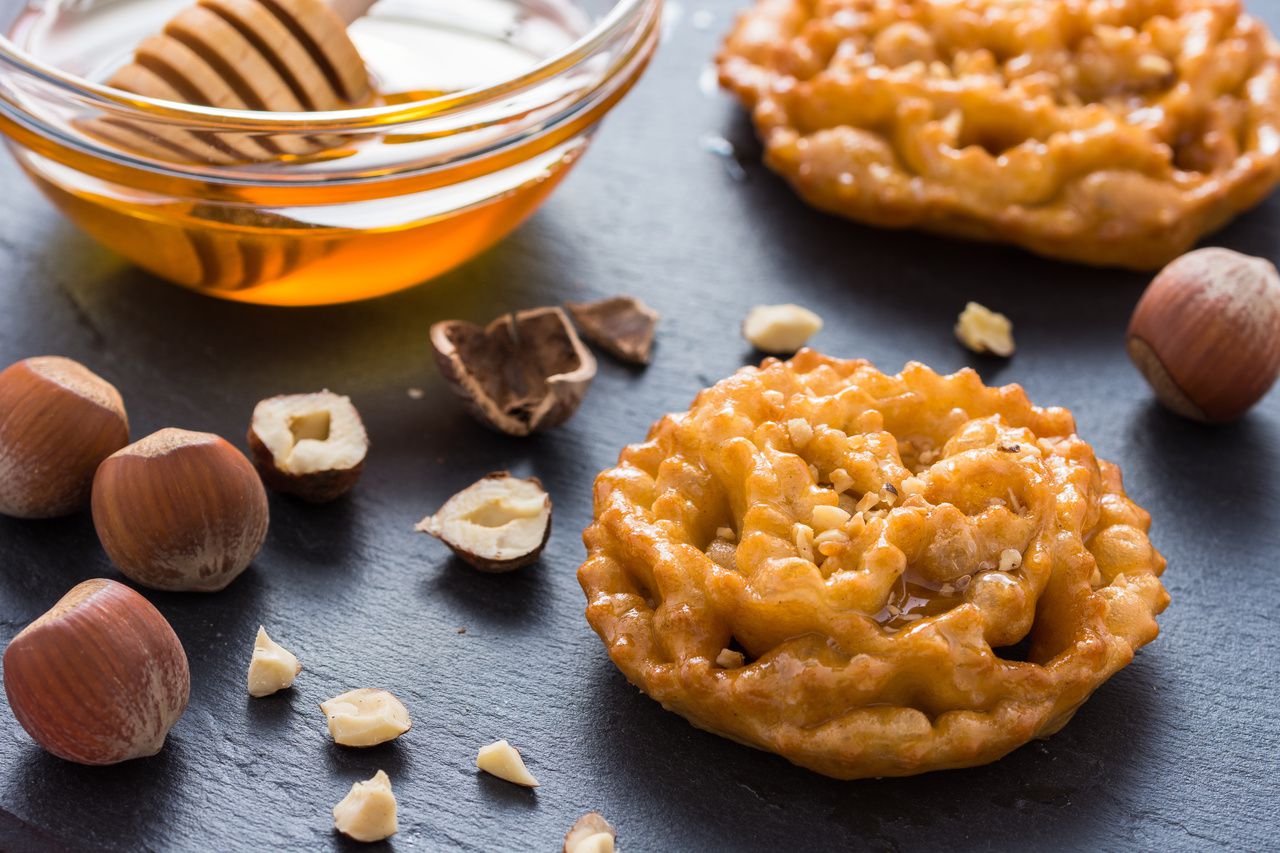
Cartellate
This dessert is made up of rose-shaped crunchy paper-thin dough – carta means paper – and is borne out of the Gargano tradition with Arabic influences.
It is a typical Christmas dessert, but it has been seasonally adjusted and pops up everywhere in the region.
Its sweetness comes from the honey or vincotto (cooked wine) seasoning and sometimes both. They last a few days so you can buy them as a souvenir to eat later.
You might also like: Top 10 places to see in Puglia, Italy
